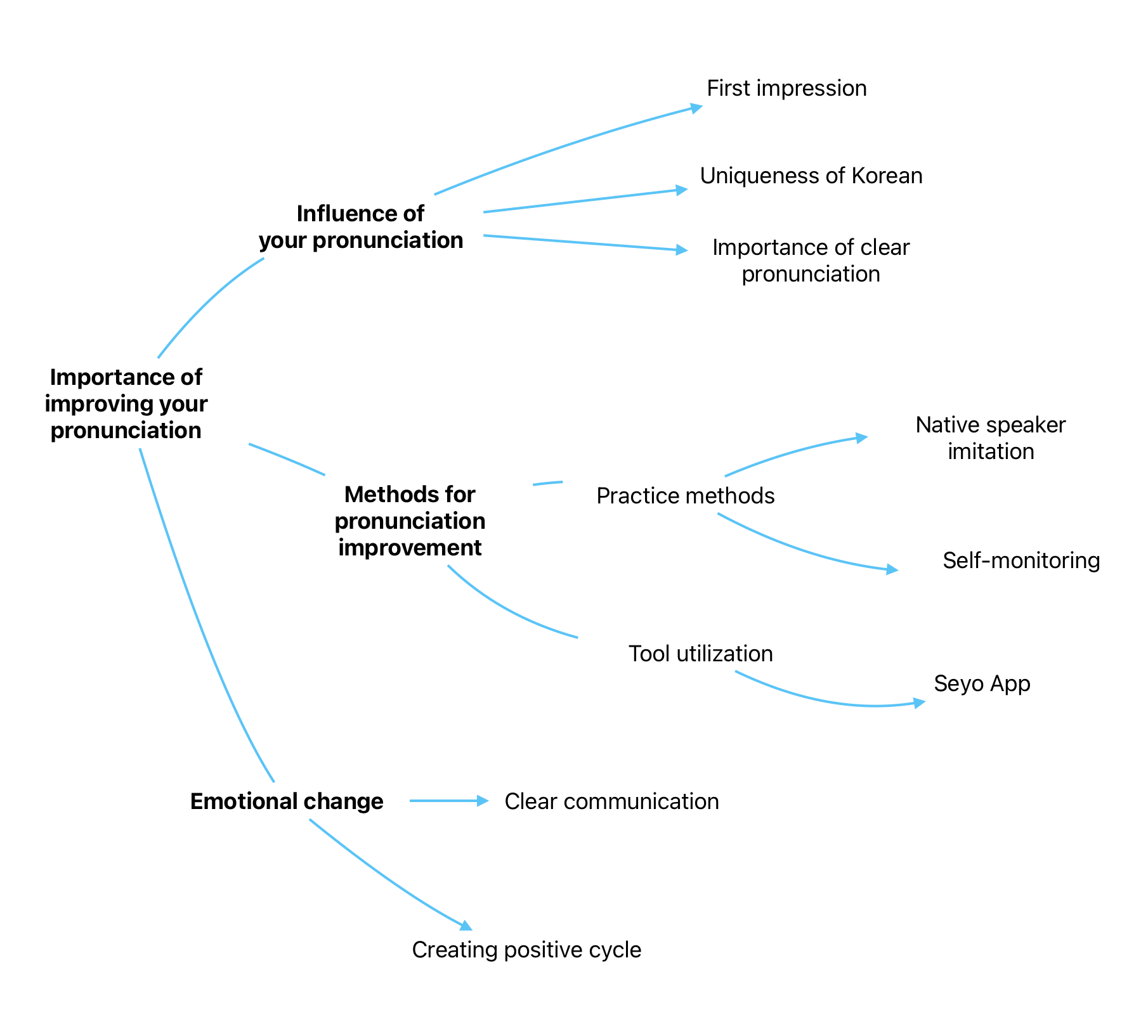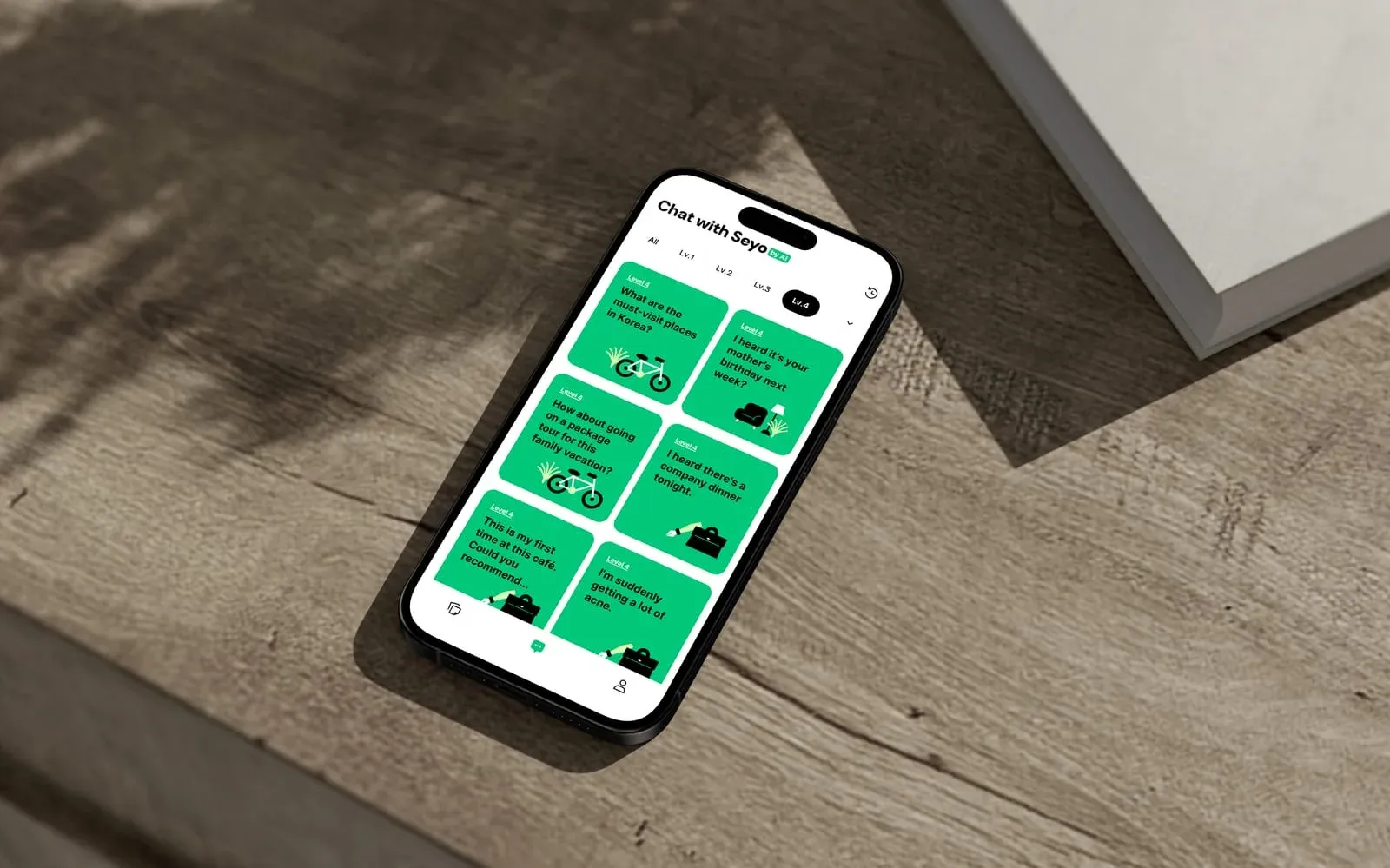안녕하세요! Have you ever wondered why some people seem to make faster progress when learning Korean? Today, we want to talk about one aspect of language learning that can make a huge difference with relatively little effort - pronunciation!
When you're learning Korean, there are so many different aspects to focus on: grammar, vocabulary, reading, writing, listening, and speaking. It can feel overwhelming at times. But if you're looking for something that will give you noticeable results quickly, pronunciation is where you should direct your attention.
Why Pronunciation Makes Such a Big Difference
Pronunciation is like the appearance of a cake you baked. Before anyone tastes it or sees what's inside, they judge it by how it looks on the outside. Similarly, when you speak Korean, people form their first impressions based on your pronunciation, accent, and intonation - even before they process the actual words and meaning of what you're saying.
This is especially true for Korean compared to English. Think about it - English is spoken all around the world with countless accents: French English, Mexican English, Indian English, Korean English, and so on. People are used to hearing English spoken in many different ways.
Korean, however, is different. It's primarily spoken on the Korean Peninsula, so many native speakers aren't as accustomed to hearing Korean with foreign accents. This means that clear pronunciation can have an even bigger impact when you're speaking Korean!
How to Improve Your Korean Pronunciation
Now you might be thinking, "Okay, but how can we improve pronunciation? How do we get rid of our accent?"
First, it's important to understand that you probably won't lose your accent completely - and that's perfectly fine! You don't need to sound exactly like a native speaker. What matters is improving your clarity and accuracy little by little.
The good news is that pronunciation is actually one of the easiest parts of language learning to improve. You only need to focus on small, specific sound units rather than entire paragraphs or complex grammar rules.
The method is simple: repeat words and phrases while mimicking native speakers. One big advantage of pronunciation practice is that you can monitor your own progress. Just record your voice and compare it to native speakers. You can spot the differences yourself and make adjustments.
For example, by recording yourself, you might notice for the first time that your ㄱ sounds more explosive than it should, like saying "조큼만" instead of "조금만." Or perhaps your ㅓ sounds more like ㅗ, so "더 먹어요" comes out sounding more like "토 목오요."
Why Most Learners Skip This Crucial Step
Recording yourself speaking Korean is honestly one of the most effective language learning methods, but most people don't do it. Why? Because it feels like a hassle, and it's uncomfortable to listen to your own voice.
But trust us, once you get over that initial awkwardness, it gets much easier. The hardest part is just hitting "record" that first time.

A Confidence Booster That Creates a Positive Learning Cycle
Here's one more reason to work on your pronunciation: it boosts your confidence! When you speak more clearly, people understand your Korean more easily, which naturally makes you feel more confident. This confidence gives you the motivation to keep going, to learn more, and to speak more. It creates a positive cycle that enhances your entire language learning journey.
So if you've been focusing solely on grammar, memorizing endless vocabulary lists, or doing listening practice but still feel stuck... try putting some energy into improving your pronunciation. You might be surprised to find that everything else starts to fall into place.
Take Your Korean Speaking to the Next Level
If you want to make recording and practicing your pronunciation easier, we recommend trying Seyo, our Korean speaking practice app. While you naturally practice Korean conversation, your voice is automatically recorded so you can play it back and hear how you sound without any extra setup. It's a smooth and stress-free way to track your progress and practice at the same time. You can find it on both the App Store and Google Play.




